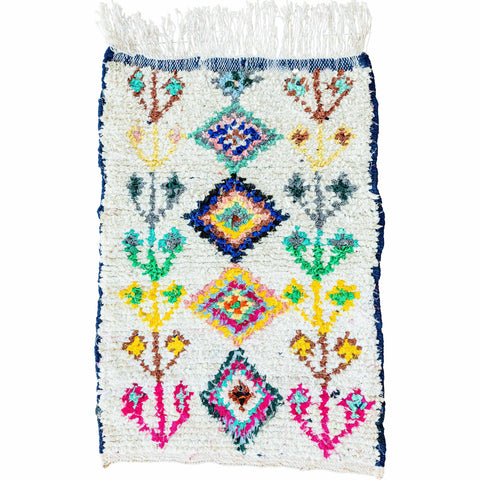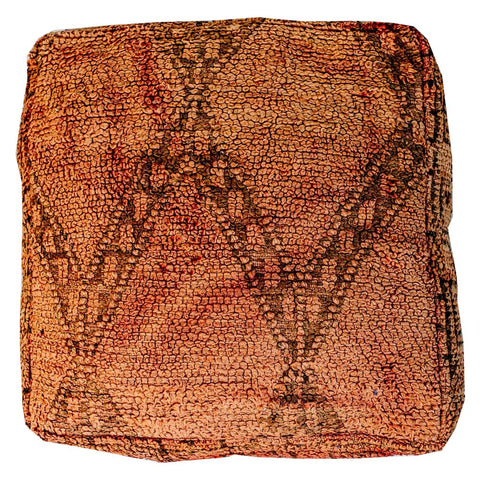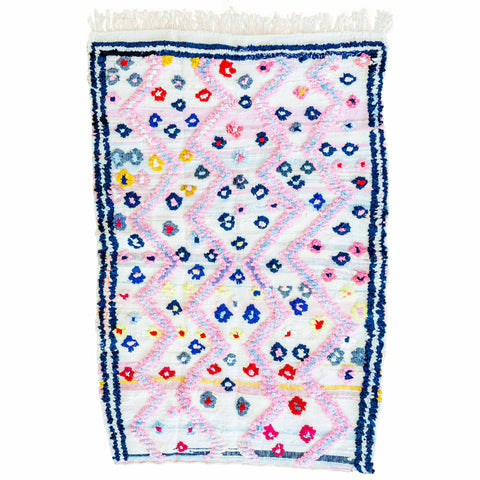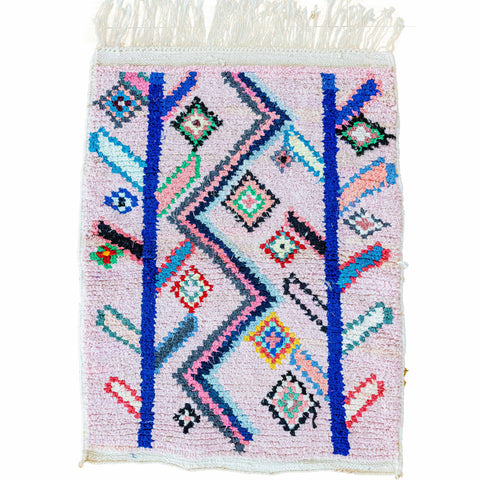How To Pick The Right Eco-Friendly Home Interior Decor

Crafted by Berber artisans. Curated by decor enthusiasts
Hopefully by now, most of us are conscious consumers. If we can get something we need or want that has a lighter impact on this world, we see the inherent value in that and look to buy from the company doing a better job in providing those kinds of products. Yet, sustainable or environmentally-friendly are umbrella terms that can encompass a lot of different meanings and traits.
This can include everything from the use of natural resources, contributing to greenhouse gas emissions, contributions to the waste stream, the use of toxic chemicals in production and raw materials, destruction of natural habitats, fair trade ethics, animal treatment ethics, and more. It's a lot to consider, and even more to navigate as the consumer.
To answer if a product for home design is sustainable or not, I like to get answers to the following questions:
How was this made?
Where was this made?
What was this made with?
Who made it?
What will happen to it when I'm done?
Can we be sure about the environmental claims?

Now, that's a lot to consider, and the answer may not be the one you want for all of these questions. So consider the good, better, best approach. That could mean the item you're considering does hit a few of the sustainable criteria but not in all circumstances. You can decide what's most important to you while considering the other criteria of the item like aesthetics, price, and lead times.
When talking about rugs, buying vintage hits a lot of these sustainability criteria.
First, the fibers are often all natural, primarily wool. Wool is ideal for rugs as it is very durable, naturally anti-microbial and fire-retardant. This means the rug:
- Will last a long time, reducing the need for a replacement sooner?
- Is likely minimally treated with chemicals (especially for artisan, handmade pieces) for flame retardation, stain resistance, or even harsh dyes?
- Will biodegrade at the end of its life?
- Vintage reduces the demand for resources for a new rug including the space, water and feed needed to care for the sheep that grow the wool, the fibers itself, any chemical inputs, the energy and the natural resources needed that would support the production?
About Eco-Method Interiors
Erica Reiner is currently the owner and design principal of Eco Method Interiors, the premier residential & commercial, eco-friendly, interior design company.
After going to undergraduate and graduate school in the environmental sciences, Erica worked in environmental startups and taught environmental science at Los Angeles colleges. In 2014, while the idea for an interior design business was new, the need to incorporate her environmentalist identity and expertise was not. Erica rebranded and refocused the company vision to incorporate eco-friendly and non-toxic products, materials, and practices.
Erica’s favorite part of the work is helping people transform their space to reflect who they are with a holistic approach and attention to the psychological, physical and environmental impacts of interior design.
When she’s not working, she’s hanging with her friends and family in Los Angeles, California.
For inspiration and inquiries, you can find Eco-Method Interiors here:
Website: www.ecomethodinteriors.com
Instagram: @eco.method.interiors
Email: hello@ecomethodinteriors.com

































